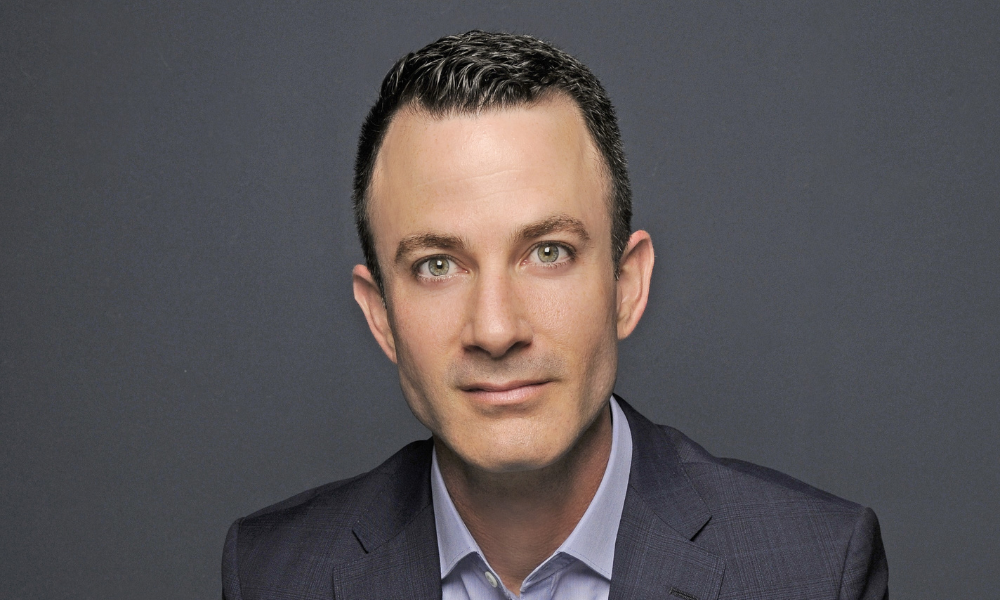A key factor contributing to Miami’s attractiveness, Krebs said, is infrastructure expansion, particularly developments like 830 Brickell and new corporate residents like Microsoft and Citadel.
“Santander Bank… has basically become a huge financial hub,” he added, noting that these changes have appealed not only to high-net-worth clients, but also to foreigners and investors who see Miami as a gateway to the U.S. economy. He suggested that he was attracted to her. However, many of these customers do not fit the traditional funding mold and require a customized approach.
“Some of those individuals fit into the banking quadrant, while others fit into the non-QM spectrum,” said Krebs, who said his company works with customers with unconventional financial profiles. He explained how they often meet their needs.
Demand for non-traditional mortgage products
Recent turmoil in the banking sector, including the failures of First Republic and Signature Bank in 2023, has led to a surge in demand for non-traditional mortgage products.
“Just last month, we purchased a non-guaranteed condominium with a 75% loan to a borrower,” Krebs said, illustrating the significant amount of loans still being issued under the alternative program. In this volatile environment, non-QM products and bridge loans have emerged as important tools. Krebs noted that bridge loans currently account for “about 30 to 40 percent of the book,” making them attractive to buyers looking for a quick, low-paperwork transaction. Non-QM loans, which make up approximately 50% of DAK’s portfolio, provide options for customers whose tax structure or income source does not align with traditional lending criteria.



